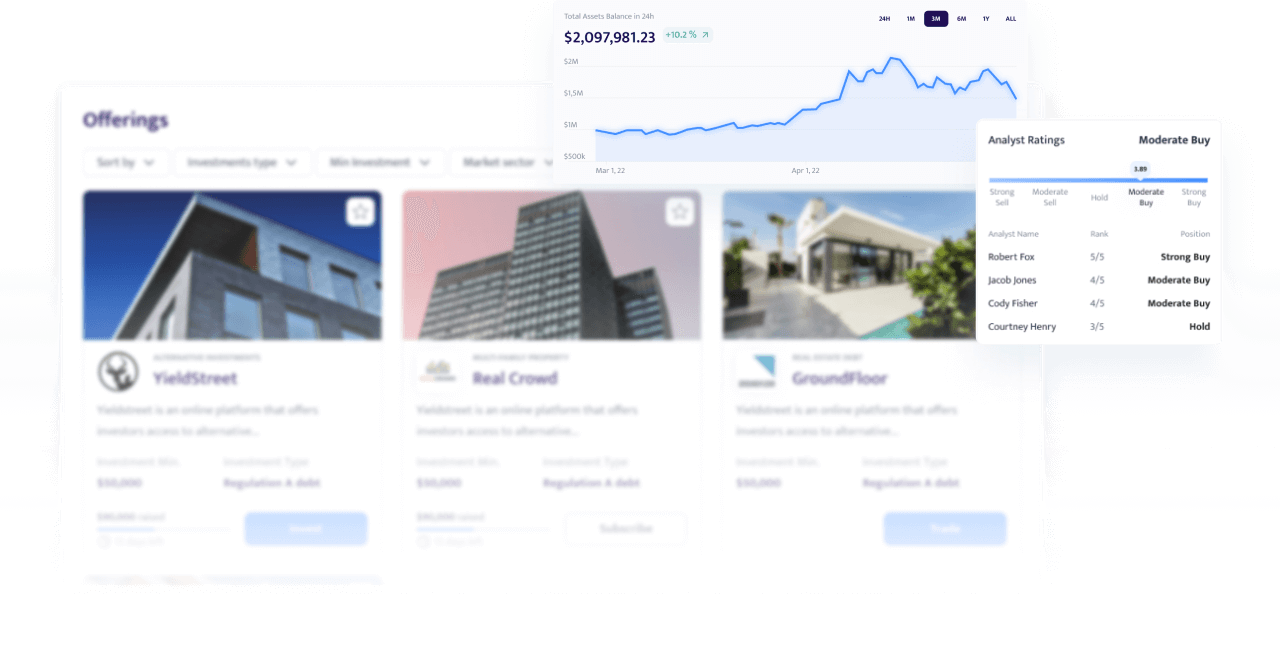
Using blockchain technology in traditional financial processes benefits both buyers and sellers through increased efficiency in the creation, issuance, and management of assets. These efficiencies can reduce the cost and administrative burdens associated with a securities issuance. Additionally, transparency and speed of execution are enhanced, ownership records are more accessible, and transfer costs are reduced when parties transact using security tokens. As a first mover in the evolution of capital markets we have compiled the following FAQs for both issuers and investors to better understand the ecosystem.
What is a digital security?
A digital security is a digital representation (or token) of an underlying asset. This digital representation is referred to as a security token and allows investors to capitalize on the benefits of blockchain technology.
What is Tokenization?
Tokenization provides the opportunity for greater liquidity and accessibility by allowing a seller to divide interests in an underlying asset, for example, by offering fractional shares of ownership thereby minimizing risk exposure in the underlying asset. This allows an investment in an asset to be more narrowly tailored to suit a specific risk appetite and investment purpose.
What are smart contracts?
Smart contracts are computer codes programmed to initiate an action or an outcome when certain conditions are met. Smart contracts are designed to automatically execute, meaning that a process is completed nearly instantaneously without human intervention once the specified parameters are satisfied, giving all parties certainty of an outcome on a near-real time basis.
How are smart contracts utilized?
Smart contracts may be used to automate key transaction processes related to token management and transfers, like confirmation of pricing and trade details, verification of sufficient assets to complete a trade, payment initiation, distribution of notices, enforcement of transfer restrictions, blockchain recording of ownership transfers and processing of monthly cashflows.
How does a blockchain provide asset protection?
An extra measure of protection is provided by registering ownership of a tokenized security on a blockchain; because blockchain records are available to the public, a transfer of ownership from that seller must be registered on the blockchain and any unauthorized transfers would be visible to the seller. Additionally, this allows issuers and asset managers the ability to have complete control to deploy, mint, burn, freeze, and force the transfer of tokens.
With this new technology rather than relying on human decision-making, smart contracts create time and cost efficiencies through automation. If the smart contract is itself published on the blockchain, its operational processes are visible to participants. This transparency creates accountability within the system and allows deviations from the commonly agreed-upon process to be identified and resolved.
What are the current regulatory guidelines?
Regulation regarding the use of digital securities is of utmost importance. The SEC’s Division of Trading and Markets issued a No-Action Letter to FINRA on September 25, 2020. They designed the structure registered broker-dealers could operate an Alternative Trading System (ATS) for the real-time trading of Digital Asset Securities (DAS). This would create an avenue for blockchain-based securities to be traded without diverging from the custody requirements of Rule 15c3-3 (the “Customer Protection Rule”). This restricts registered broker-dealers from acting as a custodian to the fiat/stablecoin or the DAS at all. The No Action Letter forces registered broker-dealers to use the “Three Step Process” to settle investor transactions. Broker-dealers also still must maintain the standard procedures of issuance and secondary trading requiring compliance with the legal and regulatory frameworks established by the Securities Act of 1933. The No Action Letter is only a temporary fix to the normalization of the DAS market.
Eventually there is hope that more guidance will come regarding digital securities that does not rely on an overly complicated workflow. For now, there is framework for registered broker-dealers to facilitate legitimate trading that is safe for investors, regulated by FINRA, and more efficient, liquid, and transparent than traditional capital markets. Regulated ATS are beginning to utilize this ability and jump into the market to supplement the transition of the financial industry to the digital world.


